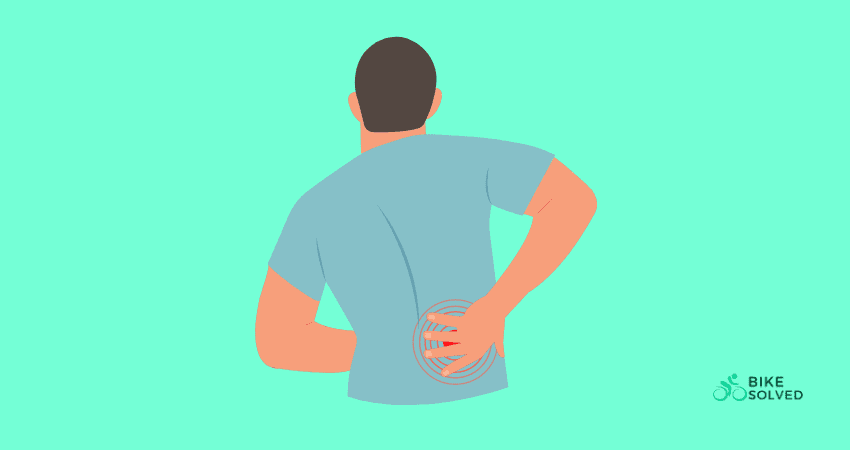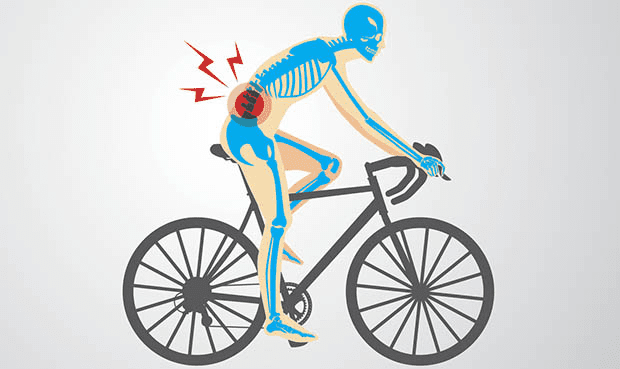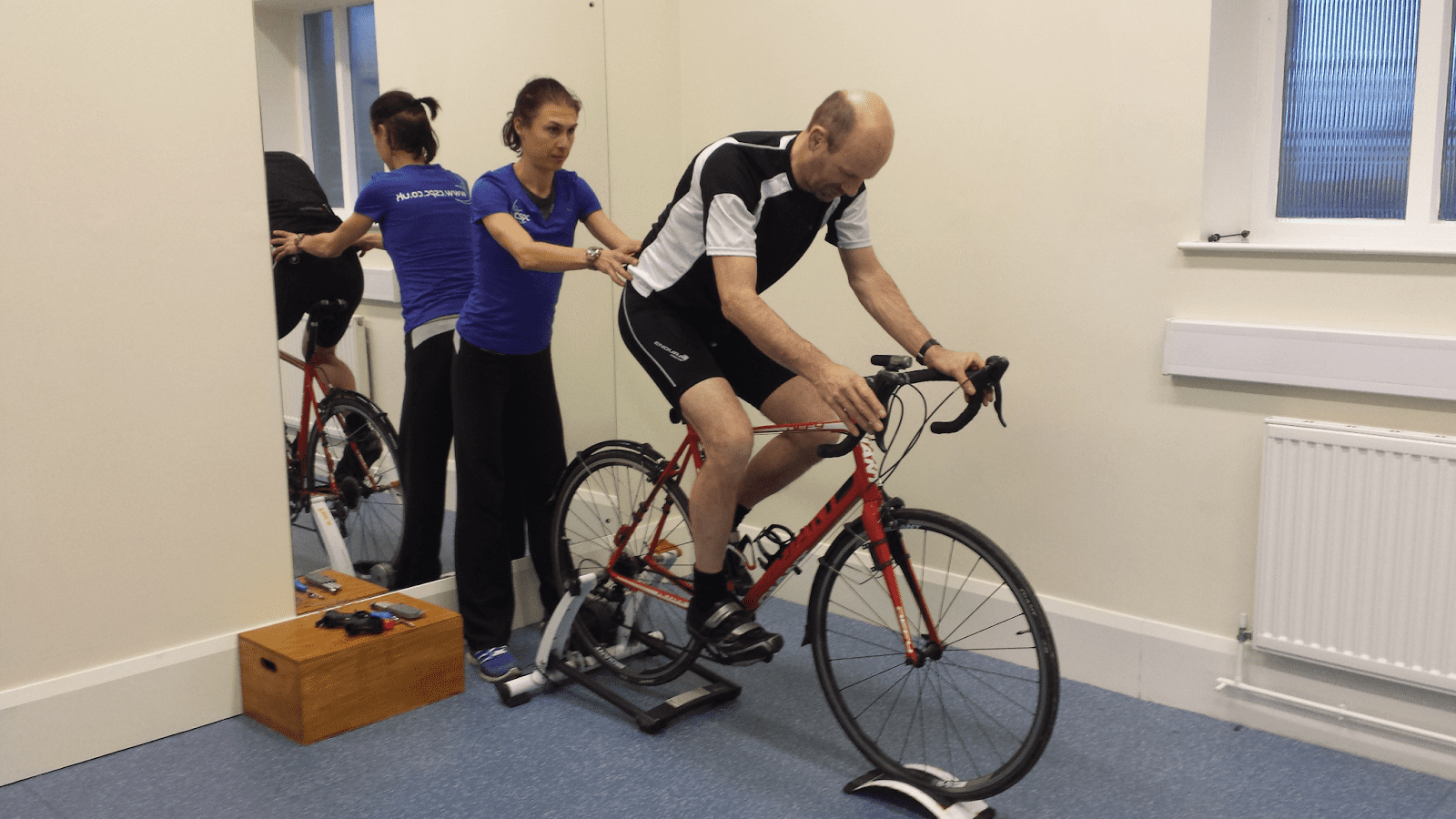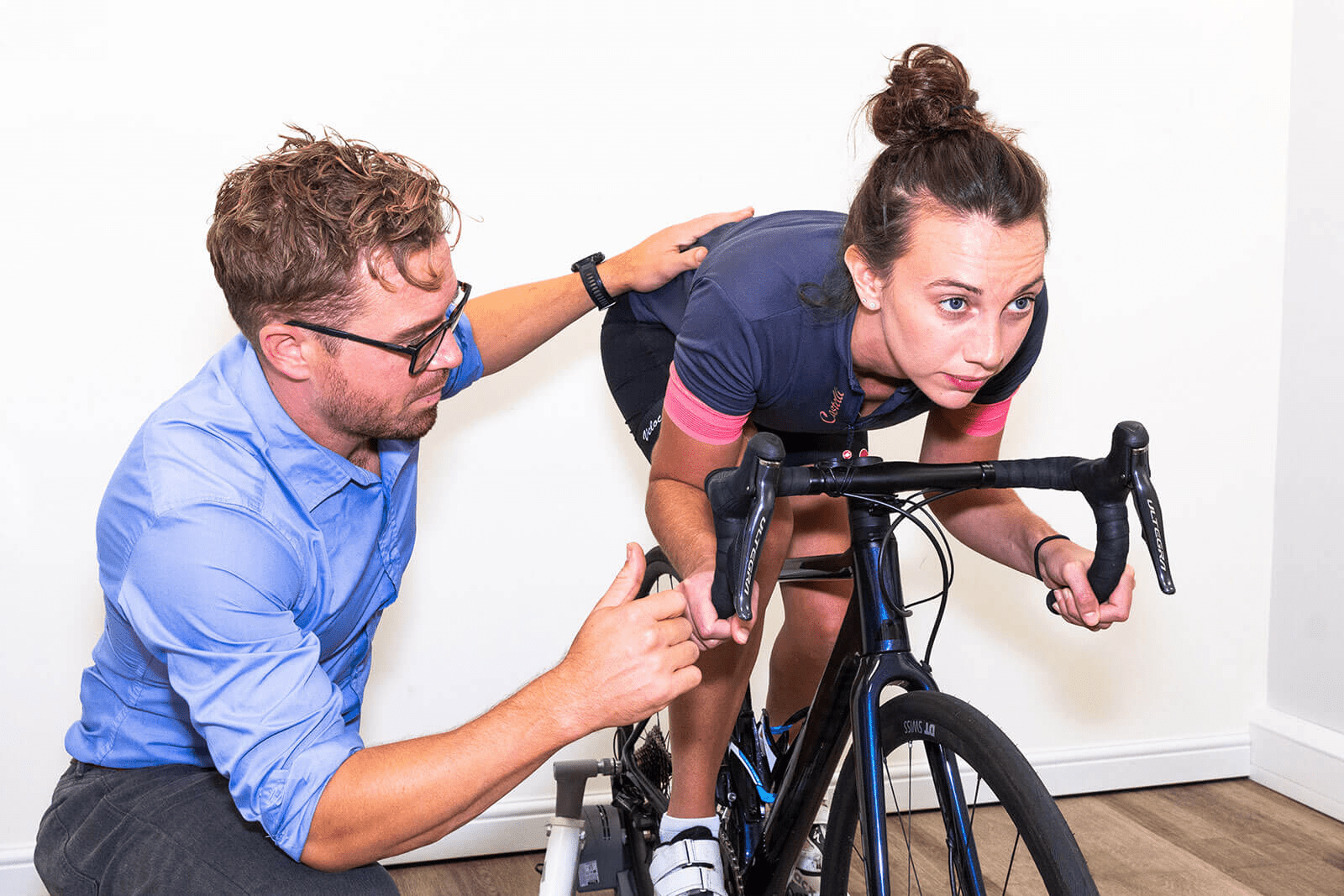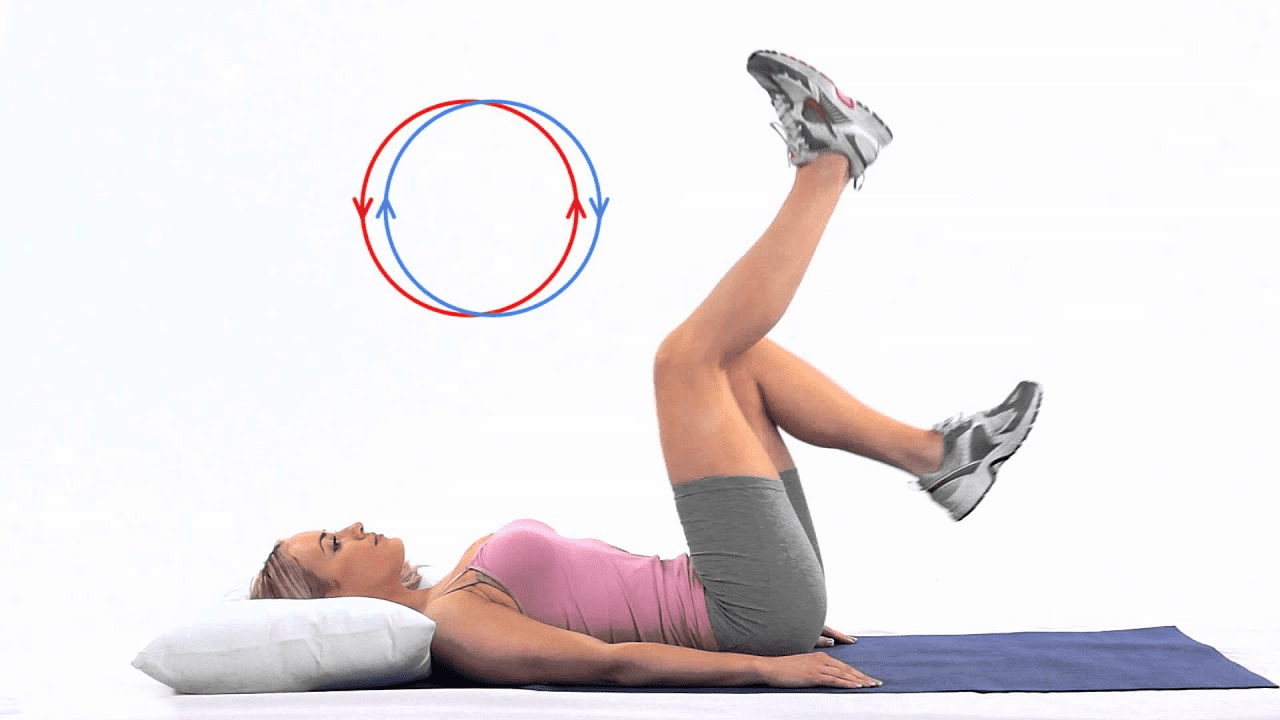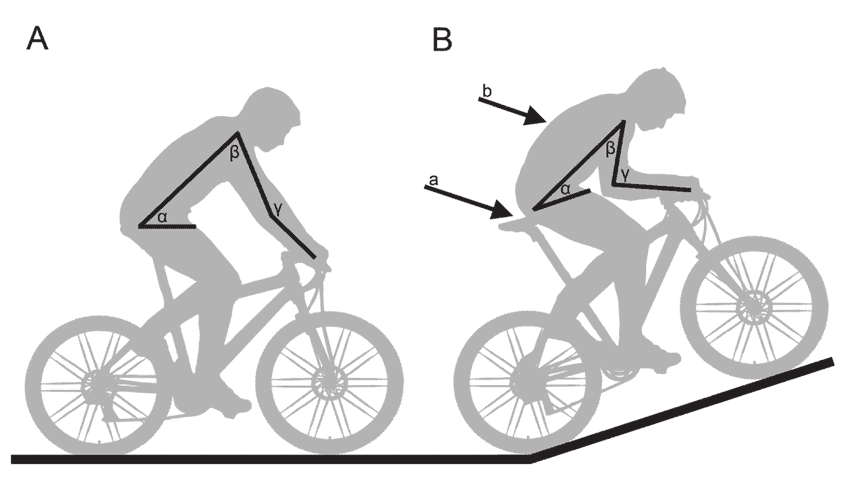The excruciating pain due to the irritation of the sciatic nerve may impel you to give up on cycling. A sharp twinge of agonizing pain is enough to despise any physical exercise, be it cycling or squats. Even if you are a professional biker, you may have believed that cycling can worsen sciatica.
However, there is still a lot of debate around the idea of combining sciatica and cycling. Some cyclists would advise against cycling in sciatica to avoid the tingling sensations in your nerves, as in a few cases, it has caused sciatic nerves to compress.
Still, some experts believe that cycling can not only be introduced into the life of a sciatica-affected person, but it can also work as a remedy to cure this intense pain.
If you have been affected by sciatic pain, you may not want to go out and ride your bike to check how your body responds to it. Therefore, you can count on my research based on the suggestions and experiences of experts in this field.
Bikesolved.com is readers supported, you may find Amazon affiliated links on this page, that pays us commission for recommending products at no extra cost to you.
What is Sciatica?
The compression or irritation of your sciatic nerves that run down, diverging from your lower back through your hips and the outer part of your leg, causing severe burning pain, is what the medical world terms ‘sciatica’.
It primarily affects a single side of your body. The intensity of the pain can vary for different people considering distinct reasons that may have been behind the cause of the pain.
Some people may go through bearable episodes of pain, while for some, it could be a progression of sharp pains. For mild cases of sciatica, a few weeks may be all you would require to get back to your regular lifestyle.
However, people with severe cases may have to go through surgeries. Sciatica symptoms include a burning sensation down your lower back, behind and persistent pain in your legs.
Is Bicycle Riding Good for Sciatica?
Sciatic pain can indeed be aggravated by prolonged periods of sitting in one place. In the case of a cycle, you are supposed to sit on a stiff saddle for hours in a defined posture.
Most of the pressure is exerted by your hips and lower back due to the bike seat’s small surface area, which can make your muscles sore and worsen the nerve sensations.
Due to the vigorous activity of your legs, pain in the back of your thighs can potentially be triggered. If not done with proper guidance and preventive measures, cycling for hours can aggravate existing sciatic pain and cause it in someone who has never experienced it before. Continuous pedaling can also provoke pain in your lower back.
But surprisingly, cycling is both a cause and cure of sciatica. As much as we know that cycling triggers irritation in your sciatic nerve, we cannot overlook the fact that there is an equal contribution of emotional factors resulting in this excruciating pain.
Your deteriorating mental health and increased stress levels can add up to your sciatic pain. And in such a case, following up with a hobby like cycling can help you emotionally and physically if you take one step at a time instead of rushing into the activity. There are a lot of ways that, when followed right, can help improve your condition and relieve sciatica.
How Does Cycling Help in Sciatica Pain?
Cycling will let you have some time for yourself and encourage revised patterns of your thoughts. You can think about your life from a brand new perspective and introspect minute details you may have lost track of.
This will eventually lead to a boost in your mental and emotional well-being. And as we know, emotional disturbances contribute significantly to your severe sciatic pain; you may just get a step ahead of your pain by working on decreasing your stress levels.
So many people going through sciatic pain have experienced a considerate level of improvement and healing, both physically and emotionally. Keeping a few suggestions in mind, you can let go of your fear and ride your cycle with a relaxed mind. Let’s check these out!
1. Cycling under the guidance of a physician with a proper diagnosis
It is crucial to consult your doctor before doing any sort of exercise, especially cycling. This is due to the fact that it can aggravate the intensity of your pain if not done with proper accommodations.
Under the direction of a qualified doctor, you will not only be able to enjoy an activity you were abstaining from but also tackle the causes of sciatica. It is also essential to diagnose your illness to understand its causes better.
This would help you and your doctor to know more about the additional activities you can take up along with cycling for improvement.
2. Switching positions while cycling
It has been known and discussed that sitting in a fixed position for long hours can mess up your sciatica. Therefore, while cycling, it is important to keep changing positions and moving as you ride your bike.
Such movements will also keep the blood flowing. You can stand up while paddling and keep switching between sitting and standing positions so you don’t end up being in an uncomfortable position for longer periods.
3. Start from scratch
You should not go ahead directly with cycling for longer hours. The best approach would be to start from scratch. Regular physical activity is essential before rushing toward bicycle riding. You can begin with taking up activities that exhaust you less or the ones that require less strength.
You can also choose the exercise that puts the least pressure on your back, hip, and lower leg. Your goal should be to ease inflammation before exercising rigorously.
Do not directly go for activities that require vigorous movement of the legs. Even if you eventually come down to ride your bicycle, don’t engage your legs in strenuous motion.
4. Begin with air cycling
If you are skeptical or fearful about your spine or back pain getting triggered while cycling, you can go for air cycling in order to soothe your mind and boost your self-esteem. This will also act as a warm-up exercise before you ride a bike on the road. It’s because air biking makes your lower body considerably stronger and prepares it for more vigorous exercises.
5. Avoid long hours of cycling
While cycling with sciatica pain, you should keep a check on the hours you are cycling. Longer periods of stiff posture leaning towards the front can cause sciatica. And if you are cycling with an already irritated sciatic nerve, it will only add up to your misery.
If biking exasperates your symptoms, you should immediately get in touch with your doctor and try to switch to other exercises that will be better suited for the initial stages of your condition. Hence, to treat chronic nerve pain, you should consider your time.
Even after all the research and experiences of people that dictate improvement in cases of sciatica after introducing cycling in their lives, we still cannot ignore other instances where cycling has unfortunately increased the severity of sciatica pain.
How does cycling cause Sciatica Pain?
Cycling involves exerting pressure on most of your body parts, compelling your legs to stretch while you pedal vigorously and making your hips become sore and stiff. Sciatica primarily affects areas such as your back, lower leg, and behind.
It would not be wrong to conclude that cycling can actually worsen this pain if proper guidance and precautions are not followed. I have combined the experiences of cyclists who have had sciatica to find ways through which cycling can actually cause sciatica pain. Avoiding these might help you to differ.
1. Poor riding posture
Not being able to maintain the right posture while cycling will eventually lead you to have trouble whether or not you are affected by sciatica. And if you are already going through nerve-wracking pains of sciatica, your condition will only grow worse.
Long rides with an arched and deformed position will compel your legs and hips to exert more pressure. Its repercussions will trickle down to your sciatic nerve, eventually exasperating your back pain. This happens when your bones begin to press against your sciatic nerve, harming your spine in the process. Therefore, good posture should be your first priority.
2. Uncomfortable saddle
An uncomfortable bike saddle not only results in chafed skin but also compresses your sciatic nerve, which infuriates pain in your hips. Distribution of your body weight on an inadequate seat that lacks padding will force your sit bones to exert most of the pressure. This uneven distribution can further deteriorate your comfort and the issues you already face because of sciatica. Not taking regular breaks and continuously sitting on your bike seat can lead to even more troubles, including persistent pain.
3. Crouching down while cycling
Unnecessarily leaning towards the front can trigger chronic nerve pain and force pressure upon your back, lower spine, and sciatic nerve. For this, you can avoid inclining the nose of the saddle downwards.
A horizontal or upward inclination may not feel very comfortable in the initial stage, but you will eventually get used to it. This will help you to avoid a forward-leaning position.
You can also consider bending the seat down once your pain eases and your condition improves. You should also avoid bending forward apart from doing so while going down a hill or a slope. You should also maintain the required distance between your seat and handlebars to prevent crouching in the front.
4. Lower height of handlebars
Another factor contributing to the compression of your sciatic nerve is the height of your handlebars. If the height is too low, you will be bound to incline forward while cycling.
This will wear out your bones, causing pressure on your lower back area. Therefore, cycling can lead to sciatica if you are not considerate about the height of your handlebars.
Conclusion
It is quite evident that riding your bicycle while being affected by sciatica involves a possibility of risk but also a fighting chance. Cycling is not the ultimate and absolute solution to combat sciatica.
But it is not the sole factor that ends up causing sciatica either. You don’t have to give up on your hobby of cycling. But you also must not take things for granted, especially your posture, which should not be deformed while riding your bicycle.
Adjusting your bike seat and cycling under the guidance of a physiotherapist can even cure your sciatica.
Something as simple as modifying your technique before riding can ease your pain while overlooking something as crucial as an uncomfortable saddle and deteriorating mental health can do the opposite.
Cycling in sciatica can prove to be an aid if followed up properly, but it can also worsen your situation by exasperating your pain when done without guidance.
FAQs
Can you cycle with sciatic nerve pain?
Yes, the only thing you must avoid while cycling with sciatic nerve pain is putting pressure on your lower back and behind. You need not give up on your hobby, but you can make some modifications in the way you carry it out.
You should avoid cycling for long hours with an uncomfortable saddle. The most important part is to cycle under the guidance of a doctor or a physiotherapist who will allow you to decrease the intensity of your exercises based on your diagnosis.
Can cycling make sciatica worse?
Yes, if not done under proper guidance, cycling may cause your sciatica to get worse. Making certain modifications in riding techniques is essential to avoid putting unnecessary strain on your sciatic nerve. You should also get used to easier exercises that put less pressure on your body. If these adjustments are ignored, you may deteriorate your condition.
Can I get rid of sciatica by cycling?
Cycling with proper adjustments in the height of the handlebars, saddles, and other techniques can definitely help with sciatica.
However, it should be noted that cycling is not the absolute solution or cure for sciatica. If done recklessly, it can worsen the pain. Furthermore, before riding your bike, focus on basic exercises that require less strength.
How to avoid irritating the sciatic nerve during cycling?
You should ensure that your bicycle seat is comfortable and well-padded and the height of your handlebars is slightly higher.
You should not ride for more extended periods in the beginning. Make sure not to unnecessarily incline downwards while riding your bicycle as it can trigger your sciatic nerve.


